The extinction of dinosaurs ranks among history’s most captivating scientific mysteries. For decades, the prevailing narrative featured a catastrophic asteroid impact approximately 66 million years ago, dramatically ending the reign of these magnificent creatures that had dominated Earth for over 165 million years. However, recent paleontological research has sparked debate about whether dinosaurs were already experiencing a gradual decline before the asteroid delivered the final blow. This question touches on fundamental aspects of evolutionary biology, ecology, and Earth’s complex history. As scientists uncover new fossil evidence and employ advanced analytical techniques, our understanding of the dinosaurs’ final chapter continues to evolve, revealing a potentially more nuanced story than previously thought.
The Traditional Extinction Narrative

The conventional extinction story centers on the Chicxulub impactor, an asteroid or comet approximately 10-15 kilometers in diameter that struck Earth’s surface near the Yucatán Peninsula in Mexico. This cataclysmic event triggered worldwide climate disruption, including tsunamis, wildfires, and the infamous “impact winter” when dust and debris blocked sunlight for months or years. The immediate aftermath created conditions hostile to most large terrestrial animals, particularly dinosaurs, which had evolved under the relatively stable climate of the Mesozoic Era. Evidence supporting this narrative includes the distinctive iridium-rich K-Pg boundary layer found worldwide, shock-metamorphosed minerals, and the timing correlation between the impact and the mass extinction event. For decades, this dramatic scenario offered a compelling explanation for why dinosaurs disappeared while certain other groups, including mammals, birds, crocodilians, and various smaller animals, managed to survive.
Emerging Evidence of Pre-Impact Decline
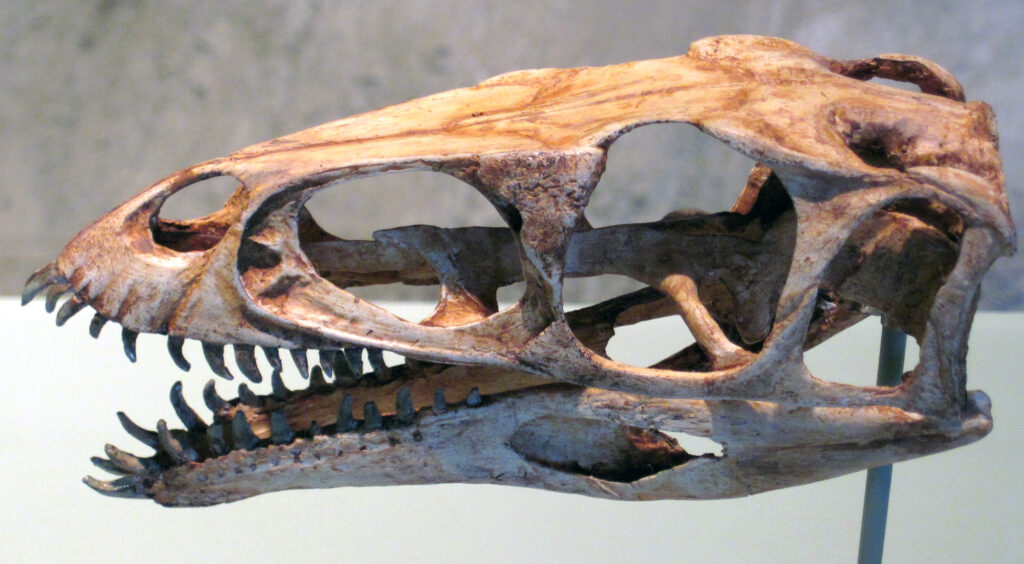
Recent research has begun challenging the asteroid-only explanation by suggesting dinosaur diversity was already waning before the impact. Several studies examining the fossil record, particularly from the Late Cretaceous period (approximately 100-66 million years ago), indicate potential decreases in dinosaur species diversity and population densities in some regions. A 2016 study published in Proceedings of the National Academy of Sciences analyzed over 600 dinosaur species and concluded that dinosaur extinction rates began increasing approximately 40 million years before the asteroid impact. Similar research from the Geological Society of America suggested that certain dinosaur groups, especially large herbivores like the ceratopsians and hadrosaurs, were experiencing localized diversity declines in North America during the late Maastrichtian age, just before the extinction event. These findings have ignited debate about whether environmental pressures were already challenging dinosaur survival before the asteroid delivered what might have been the coup de grace rather than the sole cause of extinction.
Climate Change During the Late Cretaceous

The Late Cretaceous period experienced significant climate fluctuations that may have stressed dinosaur populations. Global temperatures during this time underwent periods of cooling after the relatively warm mid-Cretaceous climate optimum. Paleoclimate records indicate a temperature drop of several degrees Celsius in the last 10 million years of the Cretaceous, potentially disrupting ecosystems that dinosaurs had adapted to over millions of years. Sea levels also fluctuated dramatically during this period, with some research suggesting a major regression (falling sea level) near the end of the Cretaceous that reduced coastal habitats and changed continental ecosystem dynamics. Pollen records from this time show shifts in plant communities, indicating changing vegetation patterns that would have affected herbivorous dinosaurs and, consequently, the carnivores that preyed upon them. These climate shifts may have placed certain dinosaur species under evolutionary pressure well before the asteroid impact, potentially creating vulnerable populations less capable of surviving any subsequent catastrophe.
The Deccan Traps: A Volcanic Contribution
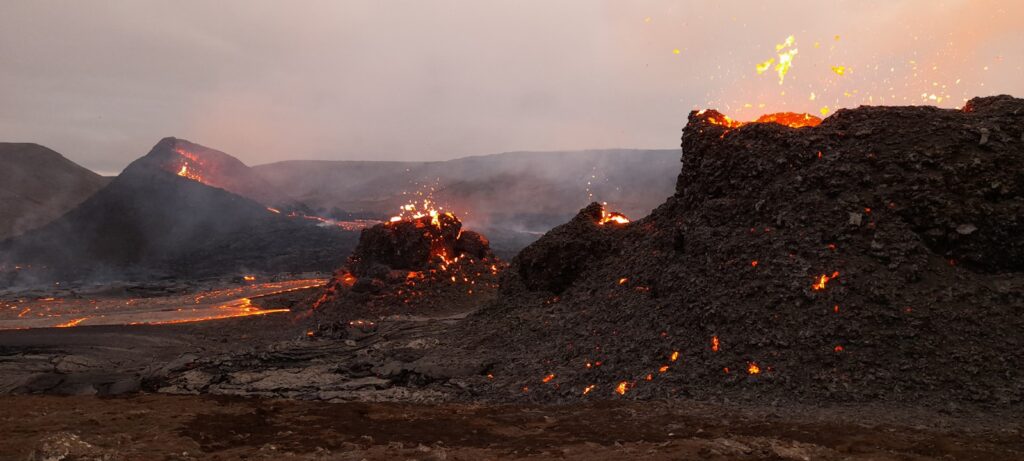
Another significant factor complicating the extinction narrative is the massive volcanic activity that created the Deccan Traps in what is now India. This enormous flood basalt province began forming approximately 66 million years ago, coinciding closely with the dinosaur extinction timeline. The eruptions released enormous quantities of carbon dioxide, sulfur dioxide, and other gases into the atmosphere over hundreds of thousands of years. Research published in Science and Nature suggests these volcanic emissions caused significant global warming, followed by cooling periods, acid rain, and potential ocean acidification. Some paleontologists argue that the Deccan Traps eruptions had already begun stressing global ecosystems before the asteroid impact. The volcanic activity may have created a “one-two punch” scenario where dinosaurs and other organisms were already contending with challenging environmental conditions when the asteroid struck. This perspective views the extinction as the result of compounding stressors rather than a single catastrophic event.
Geographic Variations in Dinosaur Diversity

An important nuance in the decline debate involves geographic variations in dinosaur populations during the late Cretaceous. Fossil evidence suggests dinosaur diversity patterns differed significantly between continents in the final 10 million years before extinction. North American fossil beds, particularly in the Hell Creek Formation, show some evidence of declining diversity in certain dinosaur groups. Conversely, studies from Asia, particularly China and Mongolia, indicate robust and diverse dinosaur ecosystems persisting until very close to the extinction boundary. European dinosaur diversity appears to have been relatively low during this period, though this may reflect preservation biases rather than actual population patterns. South American and African fossil records, while less complete than those of North America and Asia, suggest regional variations in dinosaur success. These geographic differences challenge simple decline narratives and indicate that if dinosaurs were experiencing pre-impact stress, it may have affected some regions and lineages more severely than others.
Analyzing the Fossil Record: Methodological Challenges
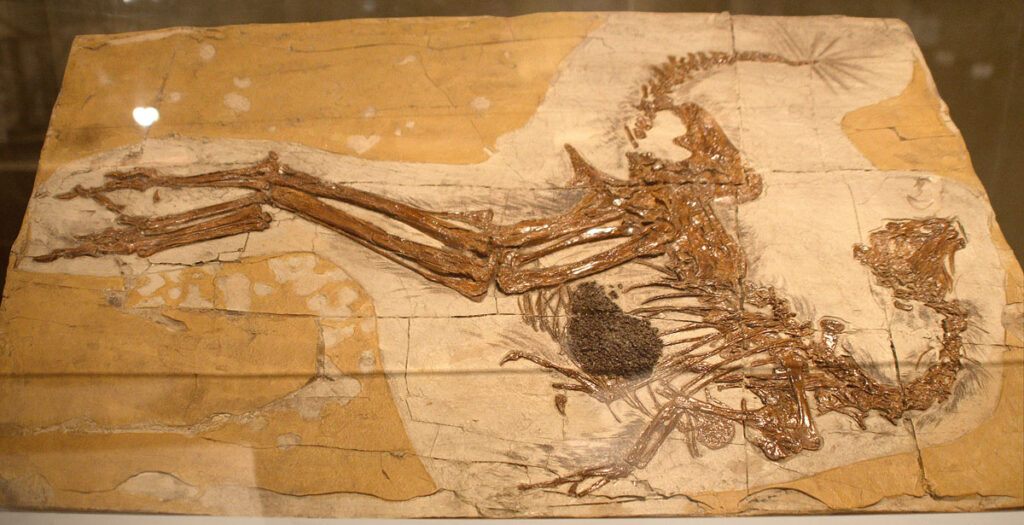
Evaluating claims about dinosaur decline requires grappling with the inherent limitations of the fossil record. Fossilization represents an exceptionally rare event, with most organisms decomposing without leaving traces, creating significant sampling biases. The quality and quantity of fossil preservation vary dramatically across different periods, geographic regions, and environments, making direct comparisons challenging. Statistical methods attempting to correct for these biases, such as rarefaction analysis and capture-mark-recapture techniques adapted for paleontology, yield differing results when applied to late Cretaceous dinosaur populations. The “Signor-Lipps effect” further complicates matters, as this statistical phenomenon causes species to appear to disappear gradually in the fossil record even when they went extinct simultaneously. Some researchers suggest apparent diversity declines before the K-Pg boundary might represent sampling artifacts rather than actual population changes. These methodological challenges mean that claims about pre-impact dinosaur decline must be evaluated cautiously, with full recognition of the limitations inherent in paleontological data.
Ecological Complexity and Dinosaur Adaptability

Dinosaurs demonstrated remarkable ecological diversity and adaptive capabilities throughout their 165-million-year reign on Earth. By the Late Cretaceous, dinosaurs occupied numerous ecological niches, from massive sauropods weighing over 70 tons to crow-sized dromeosaurs, from specialized predators to various herbivore types. This ecological versatility had helped dinosaurs weather previous environmental changes and mass extinction events, including the Triassic-Jurassic extinction approximately 201 million years ago. Some paleontologists argue that dinosaur adaptability makes a gradual, extinction-bound decline seem implausible without extraordinary external pressures. The discovery of new dinosaur species from the very latest Cretaceous, including specialized forms like Anzu wyliei (the “chicken from hell”), discovered in 2014, suggests continued evolutionary experimentation right up to the extinction boundary. This ongoing diversity and specialization appear inconsistent with a group experiencing long-term evolutionary failure, suggesting that if decline was occurring, it was either very recent or limited to specific dinosaur lineages rather than affecting the entire clade.
Differential Survival Patterns

The pattern of which animals survived the K-Pg extinction event provides important context for the dinosaur decline question. While non-avian dinosaurs disappeared completely, their close relatives, including birds (which are technically dinosaurs themselves), survived, as did crocodilians, turtles, lizards, and various mammal groups. Examining the characteristics of survivors versus victims reveals some patterns that might indicate pre-existing vulnerabilities. Body size appears significant, as animals weighing more than about 25 kilograms (55 pounds) generally perished, regardless of taxonomic group. Dietary flexibility also correlates with survival, as omnivores and detritivores generally fared better than specialized feeders. Aquatic and semi-aquatic lifestyles offered some protection, potentially because water environments experienced less immediate devastation or buffered temperature changes. These survival patterns could indicate that certain dinosaur characteristics had already become disadvantageous in the changing Late Cretaceous world, potentially contributing to stress or decline before the asteroid impact. However, similar survival patterns would be expected even if dinosaurs were thriving right up to the impact, as these traits would determine resilience to the post-impact environmental changes regardless of pre-impact population health.
Mammalian Competition Hypothesis

Some researchers have proposed that increasing competition from mammals might have contributed to dinosaur decline before the asteroid impact. Mammals coexisted with dinosaurs throughout the Mesozoic Era but remained generally small and occupied limited ecological niches until after the dinosaur extinction. However, the Late Cretaceous saw increasing mammalian diversity, with new forms evolving specialized dentition and larger body sizes than their earlier counterparts. Certain mammals developed adaptations for seed and plant consumption that might have placed them in competition with some dinosaur species. Recent discoveries in China and elsewhere have revealed surprising Late Cretaceous mammals, including the beaver-like Castorcauda lutrasimilis and the badger-sized Repenomamus giganticus, which was large enough to prey on small dinosaurs. Despite this evolution, most Late Cretaceous mammals remained relatively small, primarily nocturnal, and occupied ecological niches distinct from those dominated by dinosaurs. While mammalian competition remains an intriguing hypothesis, current evidence suggests it was likely not a major driver of any potential dinosaur decline, though it might have created additional pressure for certain small or specialized dinosaur species.
Regional Ecosystem Studies
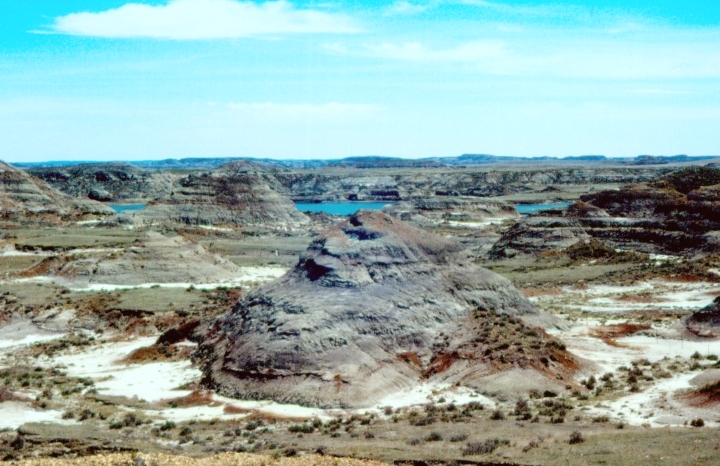
Detailed studies of specific Late Cretaceous ecosystems provide valuable insights into dinosaur populations immediately preceding the extinction event. The Hell Creek Formation in Montana, North Dakota, and South Dakota represents one of the most intensively studied dinosaur-bearing deposits from the final million years before the impact. Research there indicates a diverse but changing ecosystem, with some studies suggesting decreasing dinosaur diversity in the uppermost layers. In contrast, the Nemegt Formation in Mongolia shows a rich, diverse dinosaur fauna persisting until very close to the extinction boundary, with no clear evidence of decline. The Lameta Formation in India, deposited during the same period as the Deccan Traps volcanic activity, contains dinosaur fossils, including titanosaur sauropods that appear to have been thriving despite nearby volcanic activity. Studies of microvertebrate fossils (teeth and small bones) from multiple sites worldwide show varying patterns of community structure and stability. These detailed regional studies reveal a complex mosaic of dinosaur population trends rather than a simple global pattern of decline, suggesting that if dinosaurs were experiencing challenges, these varied significantly by geography and habitat.
The Case for Catastrophic Extinction
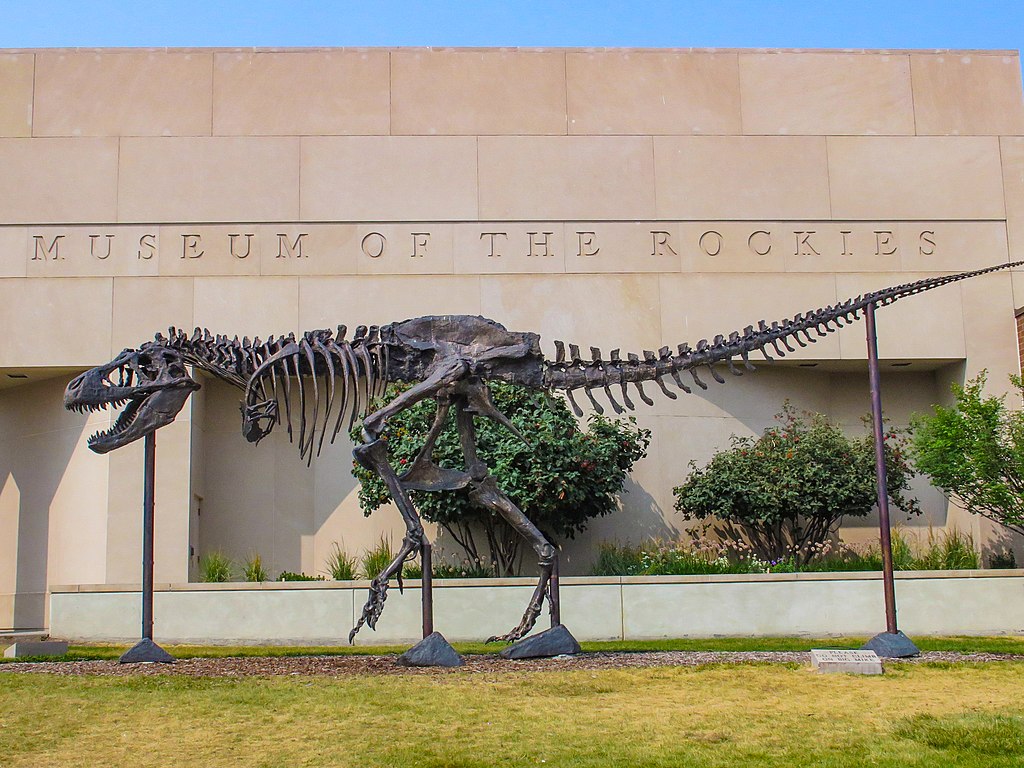
Despite evidence suggesting potential pre-impact decline, many paleontologists maintain that dinosaurs were still ecologically dominant and evolutionarily successful when the asteroid struck. The fossil record from the very latest Cretaceous still shows diverse dinosaur ecosystems across multiple continents, with evidence of specialized new species evolving rather than diminishing varieties. Computer modeling of dinosaur speciation versus extinction rates indicates that while some dinosaur groups may have been experiencing localized challenges, dinosaurs as a whole were not in a terminally declining state. The abruptness of disappearance at the K-Pg boundary remains striking, with no confirmed non-avian dinosaur fossils found above this geological marker anywhere on Earth. Impact-related evidence, including the worldwide iridium anomaly, shocked quartz, impact spherules, and the Chicxulub crater itself, provides compelling physical evidence for a catastrophe of sufficient magnitude to cause mass extinction even among healthy populations. Supporters of this view argue that without the asteroid impact, dinosaurs would likely have continued their evolutionary success and might still dominate Earth’s terrestrial ecosystems today, with mammals remaining secondary players.
Modern Scientific Consensus
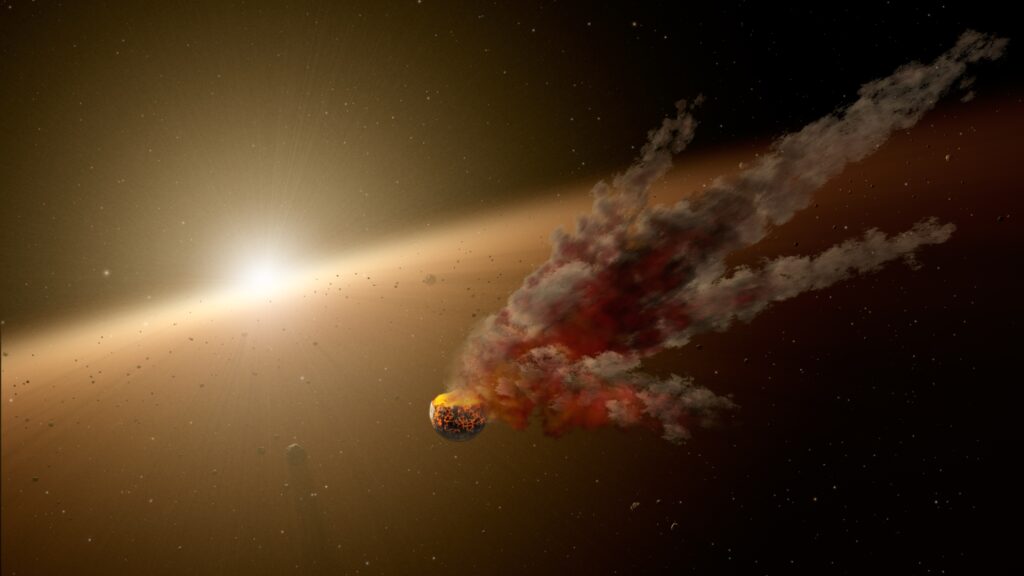
The current scientific consensus acknowledges the complexity of the dinosaur extinction story while still recognizing the asteroid impact as the primary driver. Most paleontologists now favor a “press-pulse” extinction model, where longer-term environmental stresses (the “press”) weakened some ecosystems before the sudden catastrophic impact (the “pulse”) delivered the final blow. This nuanced view accommodates evidence suggesting some dinosaur groups were experiencing challenges before the impact while acknowledging that dinosaurs as a whole remained diverse and ecologically significant. The scientific community generally agrees that even if some dinosaur lineages were declining, the asteroid impact dramatically accelerated and expanded the extinction process. Ongoing research employing new techniques, including advanced statistical methods for analyzing diversity patterns, isotope studies revealing climate and dietary information, and improved dating methods for precisely determining fossil ages, continues to refine our understanding. This evolving consensus reflects paleontology’s increasingly sophisticated approach to understanding complex extinction dynamics rather than seeking simple, single-cause explanations for major evolutionary transitions.
Implications for Understanding Mass Extinctions
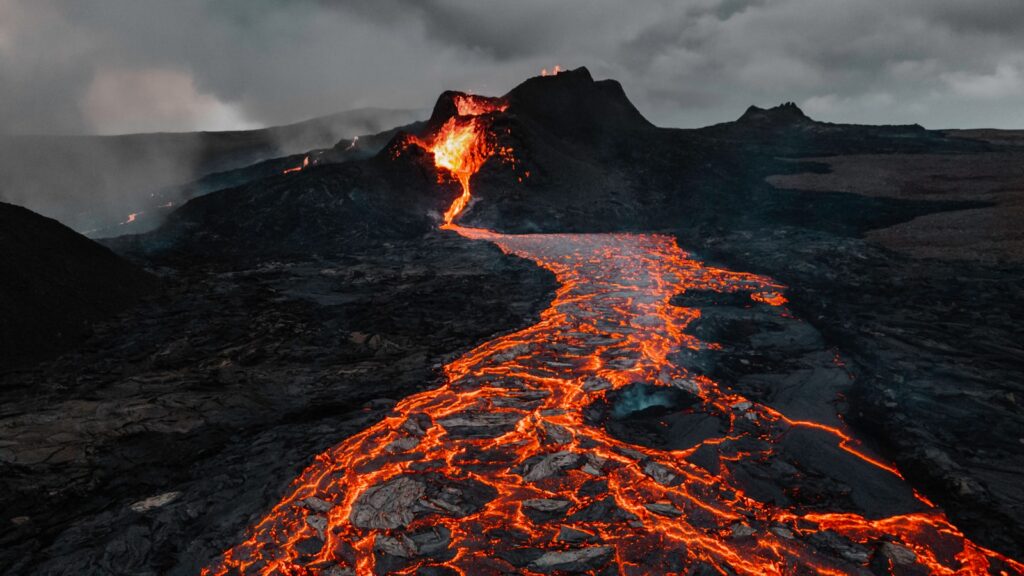
The debate about dinosaur decline offers valuable perspectives on how we understand mass extinctions more broadly, including the current biodiversity crisis. The potential interplay between long-term stressors and sudden catastrophic events in the dinosaur extinction parallels concerns about how today’s gradually increasing environmental pressures might interact with sudden tipping points in our modern ecosystems. Studying the relative contributions of volcanic activity, climate change, ecological interactions, and asteroid impact in the K-Pg extinction provides a framework for understanding how multiple factors can compound to drive biodiversity loss. The geographic variability in potential dinosaur decline patterns highlights how extinction pressures can affect different regions and ecosystems unevenly, creating complex patterns that might mask overall trends when viewed at local scales. Perhaps most importantly, the dinosaur decline debate reminds us that even successful, long-established groups can face extinction when environmental changes occur too rapidly for evolutionary adaptation. These insights from paleontology provide valuable context for conservation biology and efforts to mitigate the current anthropogenic extinction event affecting our planet.
Conclusion

The question of whether dinosaurs were already declining before the asteroid impact remains incompletely resolved, reflecting both the inherent limitations of the fossil record and the genuine complexity of extinction dynamics. Current evidence suggests a nuanced picture: some dinosaur groups in certain regions may have been experiencing challenges related to climate change, volcanic activity, or ecological factors in the Late Cretaceous, while others continued to thrive and evolve new forms. The asteroid impact, regardless of dinosaurs’ pre-impact status, delivered a catastrophic blow that transformed Earth’s ecosystems and ended the age of non-avian dinosaurs. Rather than diminishing the drama of the extinction story, this developing understanding enhances our appreciation for the intricate interplay of factors that shape life’s evolutionary journey. The dinosaurs’ final chapter reminds us that even the most successful evolutionary experiments remain vulnerable to change—a lesson with profound implications as we navigate our species’ impact on Earth’s current biodiversity.




